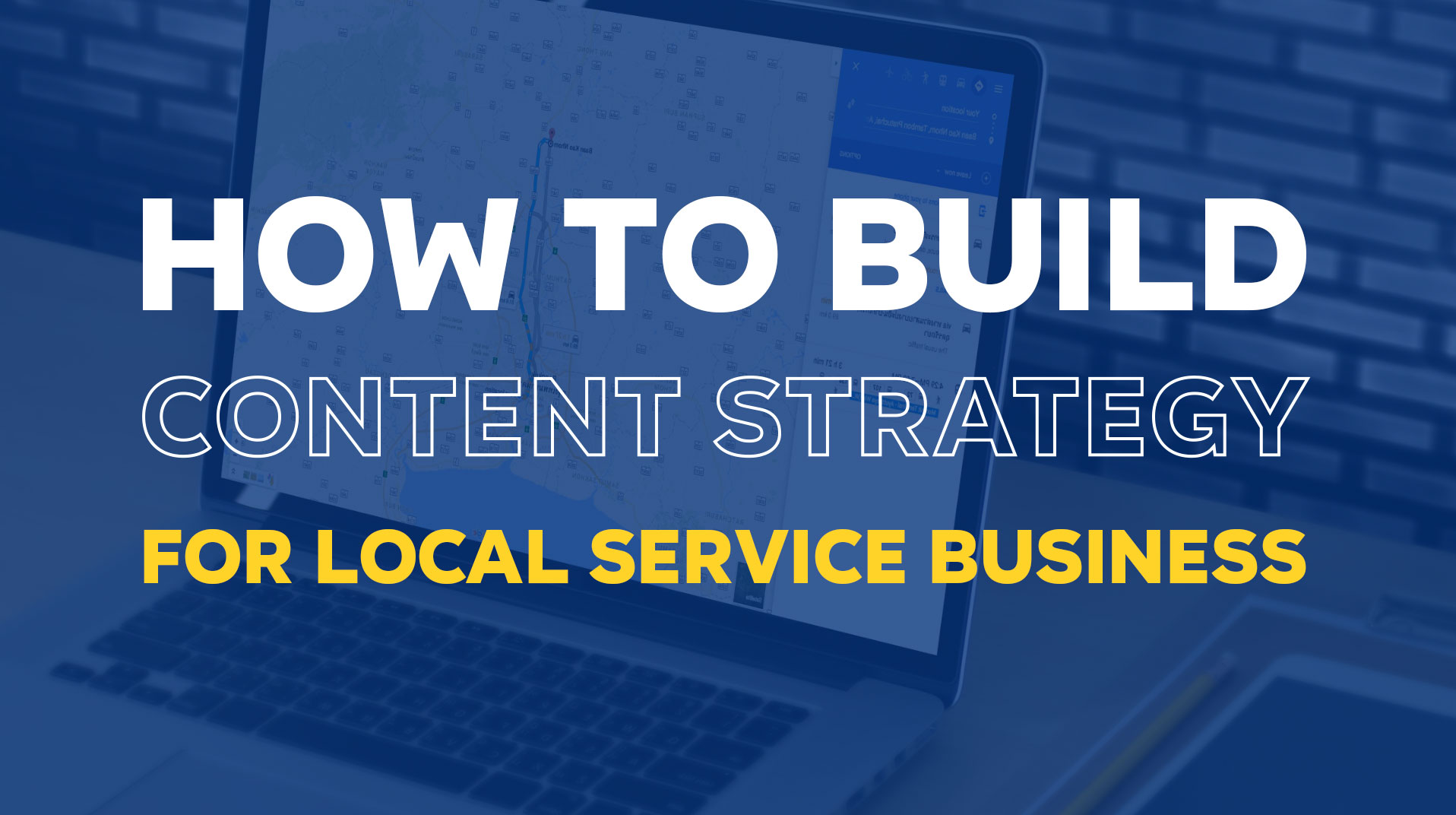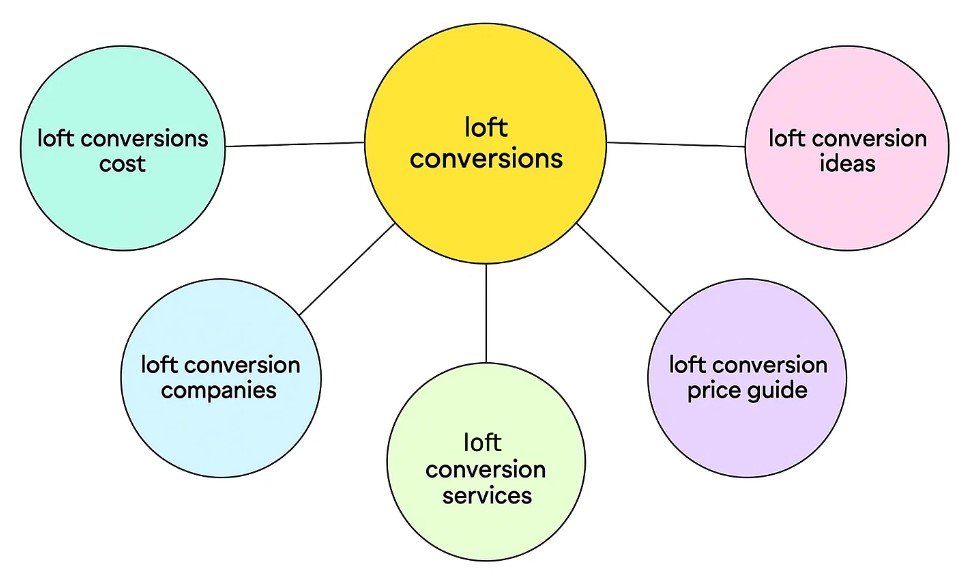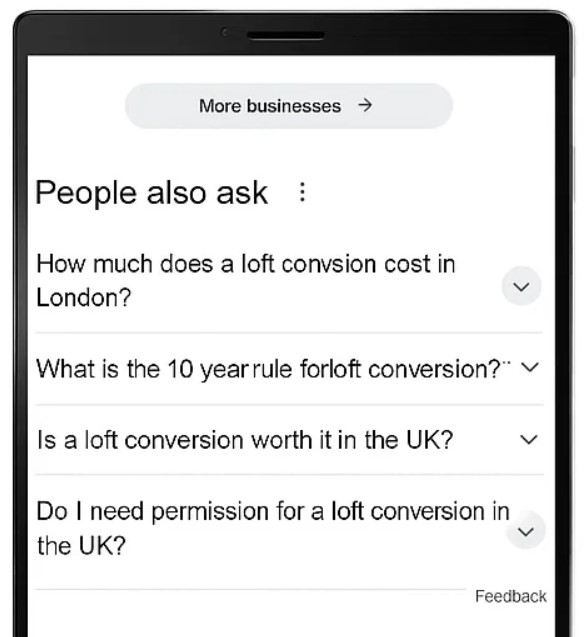
If you run a local service business and your website isn’t appearing at the top of Google when you search for your services in your area, the problem is usually due to not having the right content on your site. Without a well-planned content strategy, it’s easy to get lost among your competitors who are already ranking and attracting customers.
In this guide, I’m going to walk you through exactly how to build a content strategy that drives traffic, generates leads, and turns website visitors into paying customers.
You’ll learn how to:
- Find content ideas using competitor analysis
- Use keyword clusters to plan service pages and blog posts
- Leverage Google’s suggestions to find what people are searching for
- Use TikTok to inspire social media content that connects with local audiences
By following these proven strategies, you can create content that not only boosts your visibility on Google but also builds trust with potential customers. Let’s dive in.
1. Find Content Ideas Through Competitor Analysis

One of the fastest ways to build a winning content strategy is to analyse your competitors. Instead of guessing what content to create, you can examine what’s already working for others in your industry.
Step 1: Google Your Service and Location
Start by searching for your core service and your location. For example, if you’re a loft conversion company in London, you would search for:
“Loft conversions London”
Scroll through the search results and identify the top-ranking websites. These are the businesses that have already cracked the code on what Google considers relevant and valuable content.
Step 2: Analyse Competitor Websites Using Search Atlas
Once you’ve found a top-ranking competitor, copy their URL and open a tool like Search Atlas. Go to the “Pages” section to see all the organic pages that drive traffic to their website.
This will give you insight into:
- Which service pages are bringing in the most traffic
- What specific areas they target (e.g., “Loft Conversion Cost in London”)
- How they structure content to attract potential customers
For instance, you might find that a page titled “Loft Conversion Costs” is driving 778 visits per month. This is a high-value topic you should cover on your own website.
Step 3: Document and Replicate Their Strategy
Export the competitor’s top-ranking pages into a spreadsheet. This gives you a clear roadmap of what to replicate for your own site.
Here’s what to prioritise:
- Service Pages: Dedicated pages for each core service (e.g., Dormer Loft Conversions)
- Location Pages: Content focused on specific areas (e.g., Loft Conversions in Birmingham)
- Informational Blogs: Guides that answer common customer questions (e.g., “Do You Need Planning Permission for a Loft Conversion?”)
By mirroring what works—but adding your unique insights—you can quickly build authority in your industry.
Note: Watch the step-by-step video at the end of this blog for a detailed walkthrough.
2. Use Keyword Clusters to Plan Service Pages and Blogs

While competitor analysis gives you a blueprint, keyword clusters help you identify additional opportunities to capture search traffic.
Step 1: Use the Content Planner in Search Atlas
Navigate to the “Content” section of Search Atlas and select “Content Planner.” Enter your primary keyword (e.g., “Loft Conversions”) and your competitor’s URL.
Select your target country (in this case, United Kingdom) and hit “Create Keyword Clusters.”
Step 2: Analyse the Keyword Clusters
The tool will generate hundreds of related topics. For example, for “loft conversions,” you might find clusters like:
- Attic Conversions (1,200 searches/month)
- Loft Conversion Kits (880 searches/month)
- Loft Extension Ideas (450 searches/month)
Each keyword cluster represents a content opportunity—whether as a dedicated service page or a comprehensive blog post.
Step 3: Prioritise Low-Competition Keywords
Pay attention to keyword difficulty. Some keywords are easier to rank for because they have less competition. For example:
- “Loft Conversion Kits” – Low Difficulty (Great for a detailed product comparison)
- “Loft Conversion Costs in London” – Medium Difficulty (Perfect for a location-based service page)
Focusing on these easier-to-rank keywords helps you gain traction quickly while you work on targeting more competitive terms.
Note: Watch the step-by-step video at the end of this blog for a detailed walkthrough.
3. Use Google’s Tools for Additional Content Ideas
When building a content strategy for your local service business, Google itself provides several powerful tools and features to uncover content opportunities. These insights directly reflect what people are searching for, helping you create content that meets their needs. Here are three key Google features you can use to generate content ideas and dominate search results:
A. Google’s “People Also Ask” Section

The People Also Ask” (PAA) section appears on most search result pages (SERPs) and provides a goldmine of real user questions. These are the exact concerns, doubts, and inquiries your potential customers have. Here’s how to leverage this tool:
1.Search Your Primary Keyword
Start by entering your main service keyword and location into Google. For example:
- “Loft conversions London”
- “Plumber East London”
- “Roof repairs Manchester”
2. Explore the PAA Questions
Scroll down to the “People Also Ask” box. Here, you will find a collection of common questions related to your search term. For instance, if you search “loft conversions London,” you may see questions like:
- “Do you need planning permission for a loft conversion?”
- “How much does it cost to convert a loft in London?”
- “What is the 10-year rule for loft conversions?”
3. Expand and Reveal More Questions
Each time you click on a question, Google reveals even more related queries. This helps you uncover a deeper range of topics that your audience cares about. Keep clicking and expanding until you have a comprehensive list.
4.Create Content Around These Questions
Once you have gathered these questions, create detailed and well-structured blog posts answering them. For instance:
- A comprehensive guide answering “How much does a loft conversion cost?” with cost breakdowns by region and type of conversion.
- An in-depth article on “Do you need planning permission for a loft conversion?” covering legalities and exemptions.
Pro Tip:
Use each question as the basis for individual blog posts or FAQs on your service pages. By doing this, you increase the chances of your content appearing directly in the “People Also Ask” section, giving you better search visibility.
B. Google Autocomplete (Google Suggest)

Google Suggest is another powerful tool that gives insight into popular search queries as users type in the search bar. These suggestions come directly from real-time search behavior and reflect what people in your area are actively looking for.
1.How to Use Google Autocomplete for Content Ideas
Go to the Google search bar and start typing your primary keyword without hitting “Enter.” For example:
Type “loft conversions” and observe the suggestions:
- “loft conversion ideas”
- “loft conversion cost UK”
- “loft conversion for small spaces”
2.Experiment with Different Variations
Try combining your service keyword with location-specific terms, such as:
- “Loft conversion + [City Name]”
- “Best + [Service] near me”
- “Affordable + [Service] in [City]”
3.Example for a plumber in East London:
- “Plumber East London”
- “Emergency plumber East London”
- “24/7 plumber near Stratford”
4.Use Underscore (_) for More Suggestions
Google allows wildcard searches by using an underscore (_). For example:
Typing “best _ in East London” might suggest:
- “best plumber in East London”
- “best loft conversion specialist in East London”
5.Create Content Around Google’s Suggestions
Turn these suggestions into service pages and blog posts. For instance:
- If “loft conversion kits” is a suggestion, create a guide comparing different kits, installation processes, and costs.
- If “emergency plumber in East London” appears, write a blog on how to handle plumbing emergencies and why quick service matters.
Note: Watch the step-by-step video at the end of this blog for a detailed walkthrough.
4. Use TikTok to Inspire Social Media Content
TikTok has become a powerful platform for discovering trends, understanding consumer preferences, and generating creative content ideas. Even if your business doesn’t actively post on TikTok, you can still use it as a research tool to inspire engaging social media content for platforms like Instagram, Facebook, and YouTube Shorts.
A. Explore Industry-Specific Trends on TikTok
1.Search for Relevant Keywords
Use TikTok’s search bar to explore keywords related to your business. For example, if you run a local service like plumbing or home improvement, try these search terms:
- “Plumbing hacks”
- “DIY home repairs”
- “Loft conversion tour”
- “Local business tips”
2.Analyse Viral Content in Your Niche
Pay attention to videos with high engagement—likes, comments, and shares. Look for patterns like:
- What questions are people asking in the comments?
- Which video formats (timelapses, before-and-after reveals, tutorials) perform best?
- What style of content (educational, funny, behind-the-scenes) resonates with your audience?
Example:
A plumber could post short videos debunking common plumbing myths or show quick fixes for minor issues—ideas inspired by the viral hashtag #PlumbingHacks.
B. Use TikTok’s "For You Page" (FYP) for Emerging Content Formats
1.Spend Time on the FYP
The For You Page offers a curated feed of trending videos. Use it to discover:
- New storytelling techniques (e.g., POV videos, day-in-the-life clips).
- Viral sounds or music you can adapt for your brand.
- Emerging consumer interests relevant to your industry.
2.Identify Content Frameworks You Can Repurpose
Look for repeatable video formats, such as:
- “Things I Wish I Knew Before…” – Share industry insights.
- “A Day in the Life of a [Your Role]” – Showcase behind-the-scenes work.
- “3 Mistakes You’re Making With…” – Educate and solve common problems.
Example:
If you own a local cleaning business, create a video using the “Oddly Satisfying” format—showing before-and-after shots of deep cleaning tasks, inspired by #CleanTok.
C. Follow Industry Creators and Competitors
1.Monitor Competitors’ Content
Identify local competitors or industry leaders who are active on TikTok. Watch their videos to:
- Spot content themes that receive the most engagement.
- Understand how they present their services (informal vs. professional tone).
- Discover ideas for customer engagement (Q&A sessions, user-generated content)
Note: Watch the step-by-step video at the end of this blog for a detailed walkthrough.
2.Follow Niche Hashtags
Use industry-specific hashtags to track ongoing trends:
- #LocalBusiness
- #HomeRenovation
- #DIYPlumbing
- #SmallBusinessTips
Example:
A local electrician could create a “Common Electrical Mistakes Homeowners Make” series, inspired by competitors sharing safety tips under #ElectricianLife.
D. Use TikTok’s Creative Center for Data-Driven Inspiration
1.Access the TikTok Creative Center
Visit TikTok Creative Center for real-time insights on:
- Trending hashtags and video themes.
- Top-performing ads in your industry.
- Viral songs and sounds.
2. Find High-Performing Video Concepts
Filter by region, industry, or objective to identify content ideas that work. For example:
- For a Plumbing Business: Use “DIY plumbing fails” videos to create content that educates while promoting your emergency services.
- For a Home Renovation Service: Highlight before-and-after transformations and client testimonials, mirroring successful renovation TikToks.
Example:
If “5-Minute Fixes” is trending, create a weekly series called “Quick Fix Fridays” where you share rapid solutions to common household problems.
E. Adapt Viral Formats to Your Business
1.Use Popular Video Templates
TikTok’s viral content formats can be adapted across other platforms. Some adaptable formats include:
- Storytime Videos: Share real customer stories or project journeys.
- Tutorials and Hacks: Demonstrate easy fixes or DIY-friendly solutions.
- Challenges: Participate in viral trends (e.g., #HomeHackChallenge)
2.Customise Trends for Local Appeal
Tailor viral formats to your local audience:
- Local Context: Share region-specific content, e.g., “Winter Plumbing Issues in East London.”
- Community Focus: Highlight partnerships with other local businesses or events.
Example:
If the “Expectation vs. Reality” trend is popular, show a side-by-side comparison of a DIY plumbing job versus a professional service.
F. Repackage TikTok Insights for Other Social Media
1.Convert TikTok Ideas into Instagram Reels and Youtube Shorts
Since short-form content works across platforms, you can repurpose TikTok-inspired ideas into Instagram Reels and Youtube Shorts
- Take a viral “How-To” video and reformat it and post it on Instagram and Youtube
2.Create Themed Content Series
Consistency helps build audience familiarity. Use TikTok-inspired themes to plan a recurring series:
- “Monday Myths”: Debunk common misconceptions in your industry
- “Quick Tips Thursday”: Share time-saving hacks weekly.
Example:
A local HVAC company could turn TikTok “Life Hacks” into a monthly series called “HVAC Hacks” for Instagram, offering maintenance tips for different seasons.
Here is the video for better understanding:
Build a Content Strategy That Drives Results
A solid content strategy isn’t about guessing—it’s about understanding what works and replicating it for your local service business.
Here’s a quick recap of the steps:
- Competitor Analysis: Study and mirror the content of top-ranking competitors.
- Keyword Clusters: Identify content opportunities using search volume and keyword difficulty.
- Google Tools: Leverage “People Also Ask” and Google Suggest for question-based content.
- Social Media Inspiration: Use TikTok and other platforms to guide your social content.
By systematically following these steps, you’ll build a comprehensive content strategy that increases your visibility, attracts new customers, and positions your business as the go-to expert in your local area.
